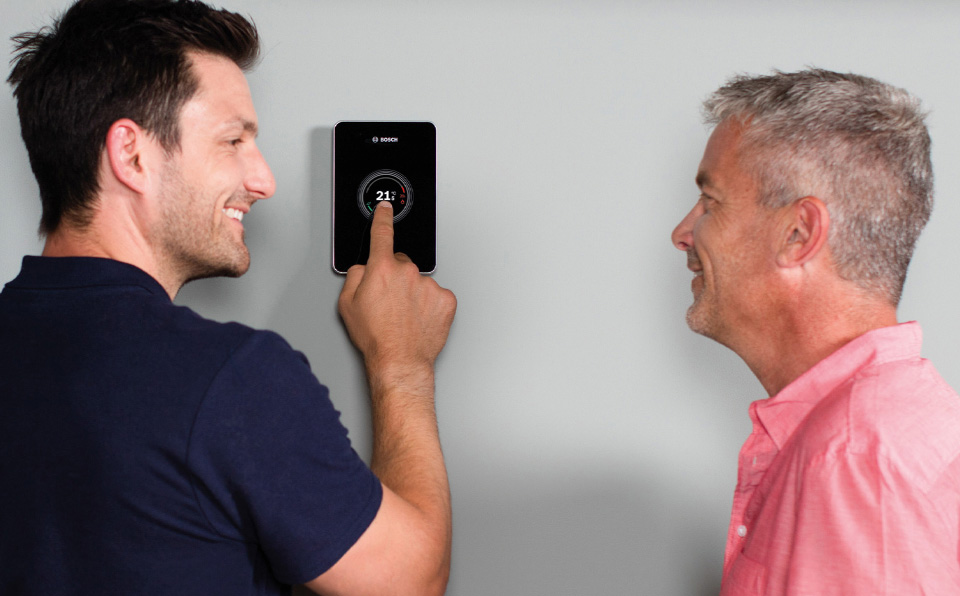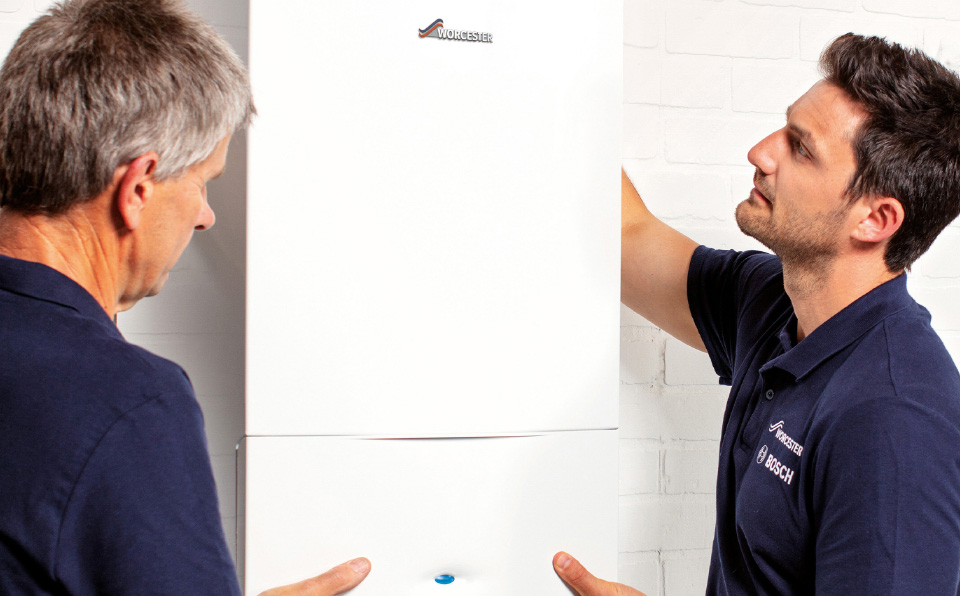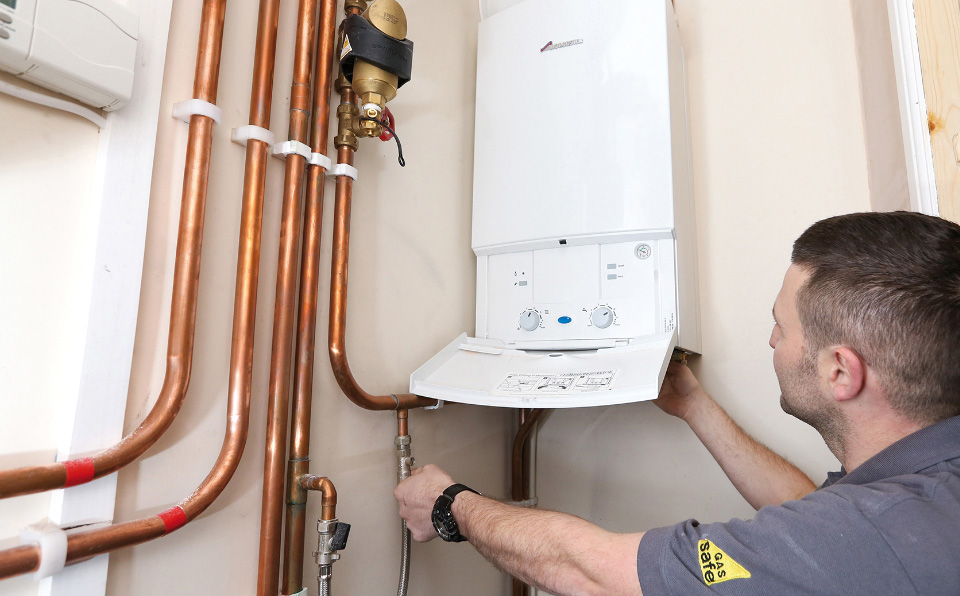
CARBON MONOXIDE POISONING
Keeping your family safe is the number one priority so understanding the dangers of Carbon Monoxide can save lives.
What is Carbon Monoxide?
Carbon monoxide (CO) is a colourless, odourless, tasteless, poisonous gas produced by incomplete burning of carbon-based fuels, including gas, oil, wood and coal. Carbon-based fuels are safe to use. It is only when the fuel does not burn properly that excess CO is produced, which is poisonous. When CO enters the body, it prevents the blood from bringing oxygen to cells, tissues, and organs.
According to the HSE (Health & Safety Executive) statistics every year around 15 people die from CO poisoning caused by gas appliances and flues that have not been properly installed, maintained or that are poorly ventilated. Levels that do not kill can cause serious harm to health if breathed in over a long period. In extreme cases paralysis and brain damage can be caused as a result of prolonged exposure to CO. Increasing public understanding of the risks of CO poisoning and taking sensible precautions could dramatically reduce this risk.
What to look out for
There are signs that you can look out for which indicate incomplete combustion is occurring and may result in the production of CO:
- Yellow or orange rather than blue flames (except fuel effect fires or flueless appliances which display this colour flame)
- Soot or yellow/brown staining around or on appliances
- Pilot lights that frequently blow out
- Increased condensation inside windows
There are a number of simple steps that gas consumers can take to keep themselves safe. Carbon Monoxide can be produced by any combustion appliance, including those that burn fossil fuels e.g. oil, wood and coal. If you have one of these appliances you should make sure that it is serviced and maintained by a competent person and the chimney is regularly swept. It is also advisable to purchase a carbon monoxide detector. This will let you know if an appliance is producing CO in between services, you can then arrange an engineer to investigate why the detector would show a warning; most importantly, this could prevent a potentially fatal accident.
Symptoms of Carbon Monoxide poisoning
Early symptoms of carbon monoxide (CO) poisoning can mimic many common ailments and may easily be confused with food poisoning, viral infections, flu or tiredness. Symptoms to look out for include:
- Headaches or Dizziness
- Breathlessness
- Nausea
- Loss of consciousness
- Tiredness
- Pains in the chest or stomach
- Erratic behaviour
- Visual problems
What should you do if you think your appliance is leaking Carbon Monoxide?
- Call the National Gas Emergency Service on 0800 111 999
- Switch off the appliance and shut off the gas supply at the meter control valve (see ‘what to do if you can smell gas‘)
- Open all doors and windows to ventilate the room
- Visit your GP and tell him/her that you believe your may have been exposed to carbon monoxide














